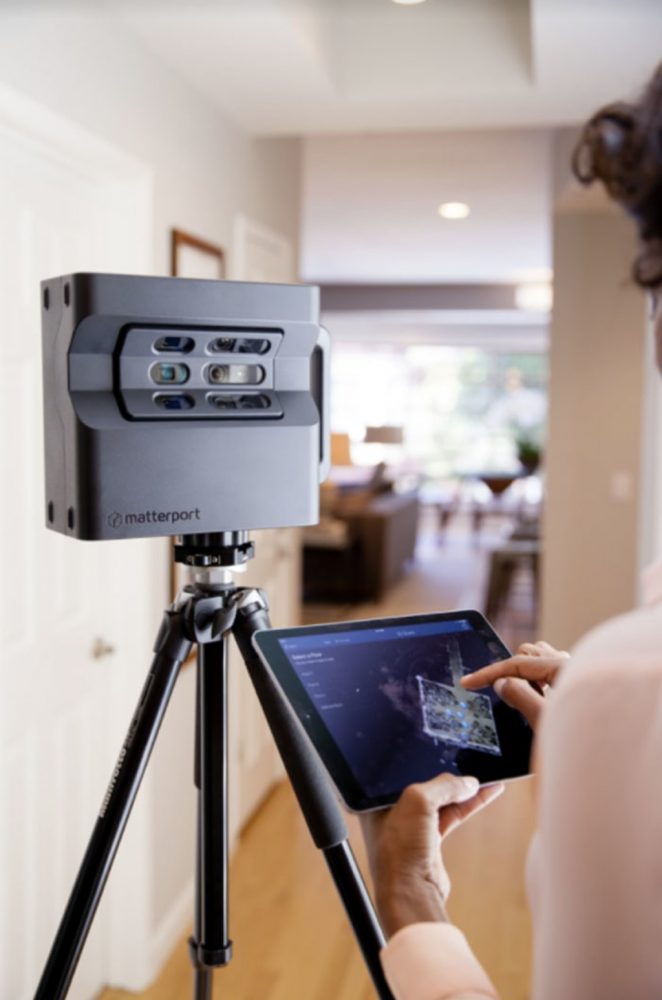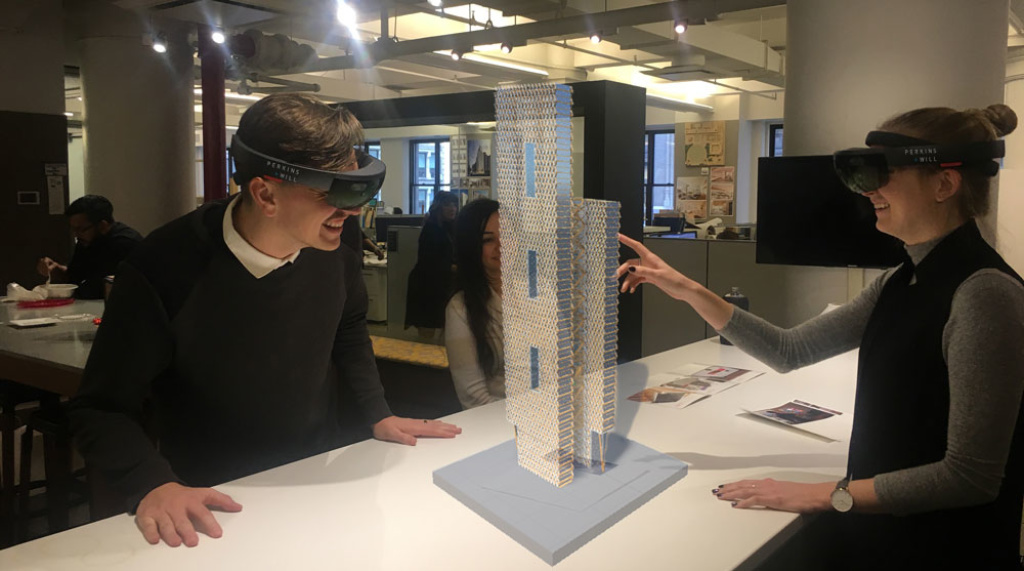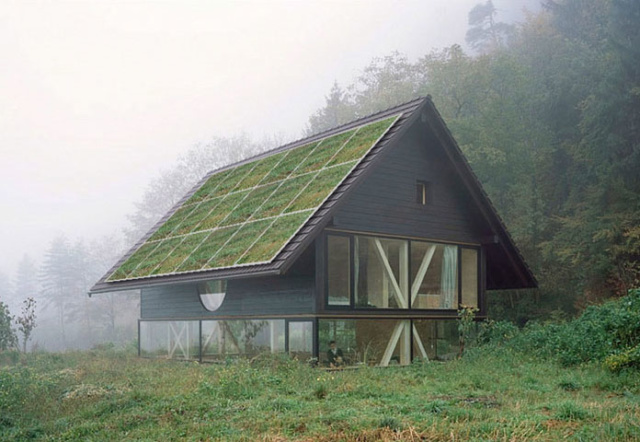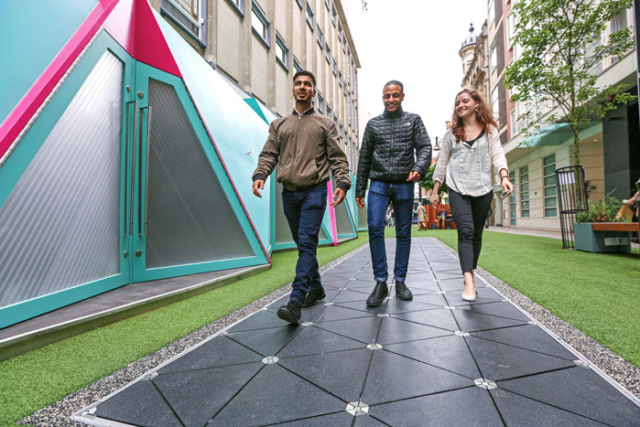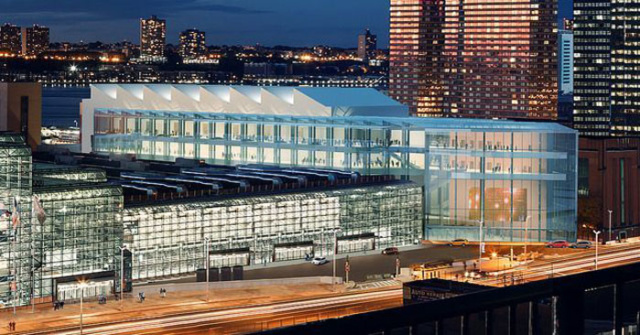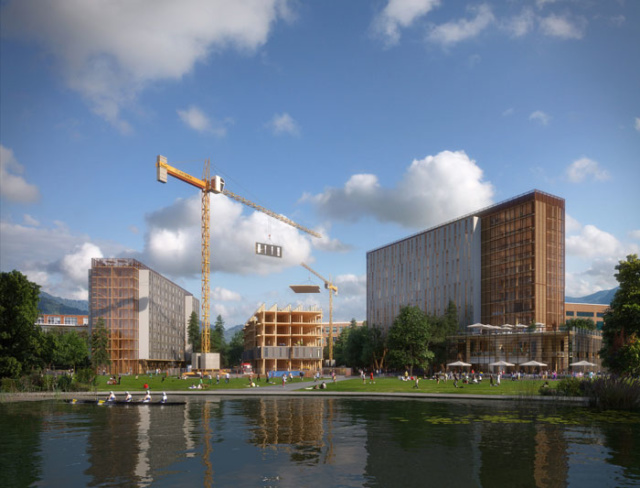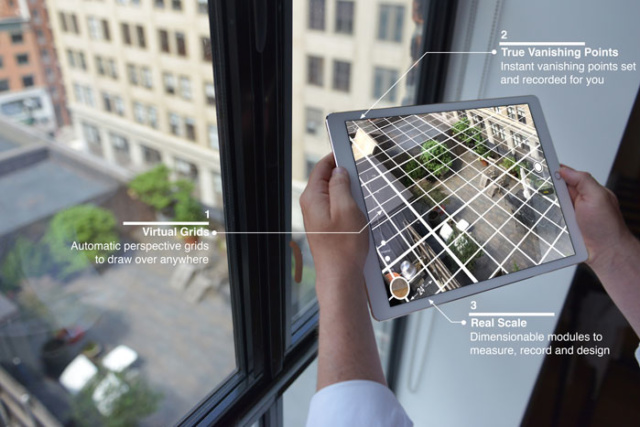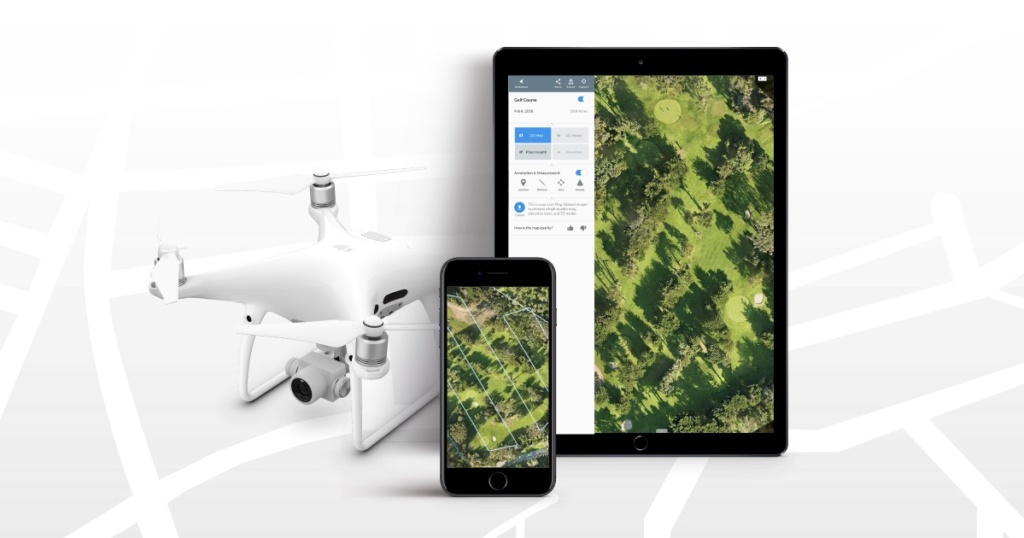Author: rnieman
A simple 3-D imaging platform could change the way you see architectural plans
The process of drawing up architectural plans is in flux. For more than a decade, assorted software programs have attempted to bridge the gap between two and three dimensions by taking flat drawings or field data collected onsite and migrating them into modeling platforms, which create photorealistic renderings or 3-D virtual reality walkthroughs of a
Startups are riding the tech wave to build the future of the AEC industry
There’s a perfect storm brewing in the AEC industry with respect to technology, and startup tech companies are stoked because the waves are finally rolling in. A number of factors are contributing to the sudden surge. An increasingly urban population along with a changing climate is placing unprecedented pressure on the built environment, according to
Immersive technology may be architecture’s best tool for communication
This year’s Tech+ conference—an upcoming and groundbreaking event showcasing technological innovators in the AEC industry taking place on May 22 in New York City—will feature pioneering speakers that are rethinking existing technological paradigms. Among them is Iffat Mai, practice application development leader for Perkins + Will, who will be co-presenting a discussion about enhanced realities and immersive experiences. As
Solar panels get a much-needed design makeover
Let’s face it: no one has ever characterized a solar panel as being particularly attractive. In fact, they’re eyesores. While the environmental and business cases for photovoltaics are relatively easy to make, their aesthetic dimension has long been a losing proposition. “In states like California, solar is half the price of the local utility, even
The next step in renewable energy is right under our feet
The New York Times journalist Thomas Friedman once asked, “Do you know what my favorite renewable fuel is? An ecosystem for innovation.” If you pose the same question to Pavegen founder and CEO Laurence Kemball-Cook, his answer would most likely be: foot traffic. That’s because Kemball-Cook, who is passionate about climate change, believes “technology alone
At Lehrer, changes in construction practices requires a holistic approach to technology
If a company is looking to affect change in the AEC industry, where does it start? Artificial intelligence and machine learning are sexy (in a nerdy kind of way), but practical application is where the rubber meets the road, so to speak. That intersection is where Dareen Salama, director of technical services at design and
Katerra promises to transform the construction industry without sacrificing design
“Every building shouldn’t be a one-off prototype.” That’s an underlying and provocative premise behind Katerra, a technology company that’s on a mission to optimize the way buildings are developed, designed, and constructed. Truth be told, the industry is primed for an overhaul. Construction companies traditionally invest less than 1 percent of revenue in new technologies—lower
The future of smart power could lie in a single solar, storage and communications platform
In a 2016 broadcast of NPR’s Fresh Air, author and cultural anthropologist Gretchen Bakke characterized America’s energy grid as “increasingly unstable, underfunded, and incapable of taking us to a new energy future.” Nevertheless, the steady march toward progress continues, and the threat of obsolescence is driving many cities, urban planners, developers, and businesses to invest in the
Digital sketching app makes it easy to create perspective drawings
For years, leaders of architectural firms have bemoaned the lack of hand drawing skills among recent graduates and young professionals entering the practice. With a tendency to bypass hand drawing and rely primarily on computer-aided design software and BIM, it seemed for a time as though hand sketching was a dying art among architectural apprentices. To that point,
Live drone mapping brings construction into the 21st century
Today, drones are making it possible to conduct site safety checks before workers are on-site, catch design conflicts early, and track progress to site plans so that project managers can stay schedule.
